Behind the Cover: October 2013
A closer look at ten of the images on our October cover inset.
A familiar face looks out from the October cover of National Geographicmagazine. It belongs to Sharbat Gula, better known as the "Afghan girl." Her intense, haunting portrait was taken by photographer Steve McCurry in 1984, when he met the orphaned Gula–then about 12 years old–at a refugee camp in Afghanistan.

The picture, first published on the cover of the June 1985 edition, became an instant icon. Small wonder, then, that National Geographic's editors chose to put Gula on the cover again for the 125th anniversary issue, which focuses on the power of photography. (See National Geographic magazine's update on Gula in "A Life Revealed.")
"For me personally, the Afghan girl photo is such a meaningful choice for the anniversary issue because she makes me wonder what she is thinking and what she has been through," says Editor in Chief Chris Johns. "We wanted to honor the impact this picture had on readers around the world. Great photos stand the test of time. It is as relevant today as when it was made."
"She is our Mona Lisa," adds director of photography Sarah Leen. "She is woven into our history, and we are woven into hers."
This time the Afghan girl has company on the cover. A pullout features more than 100 photos, most of which were published in past issues. Here's a bit of background on ten of the most intriguing.
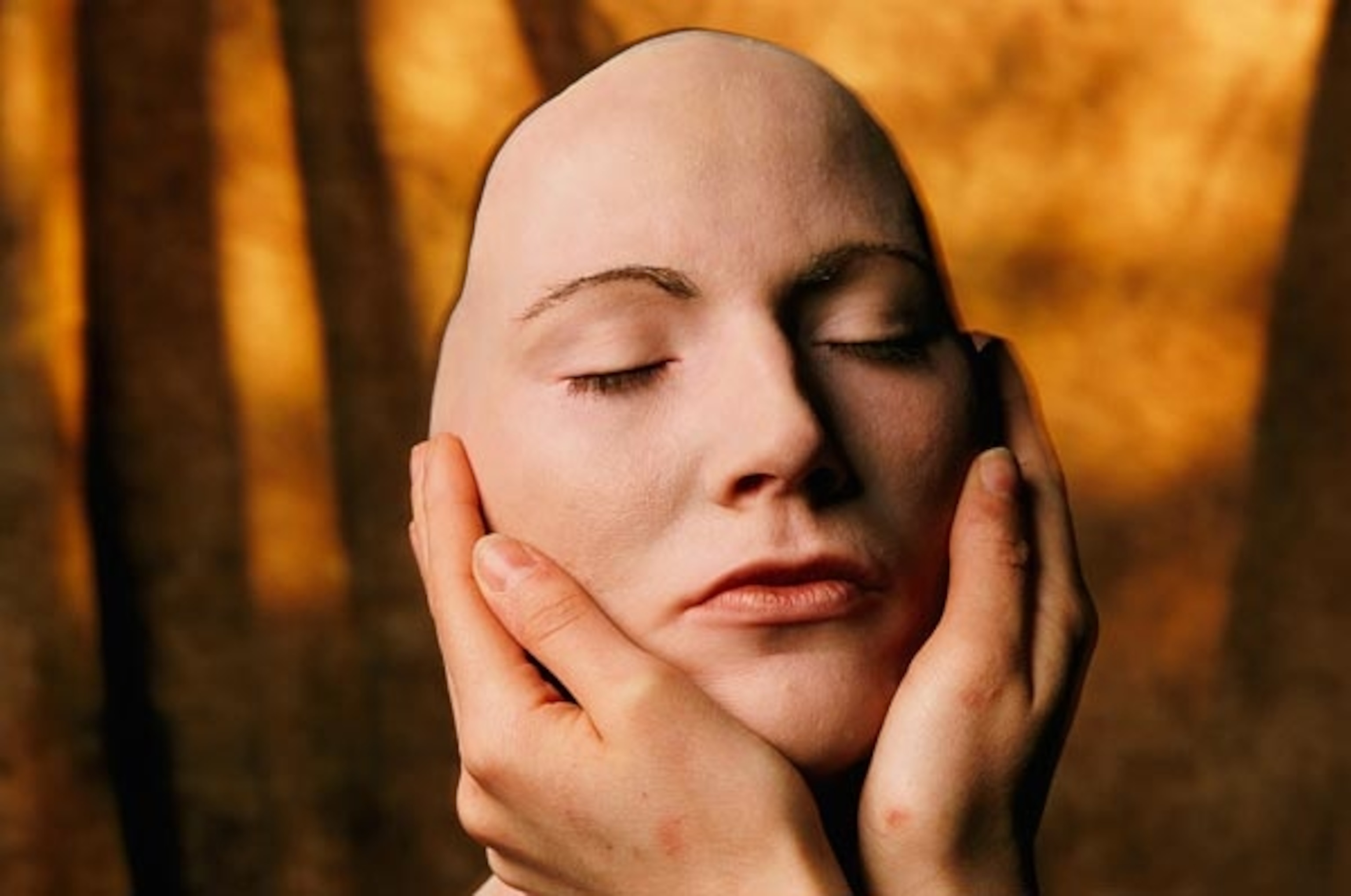


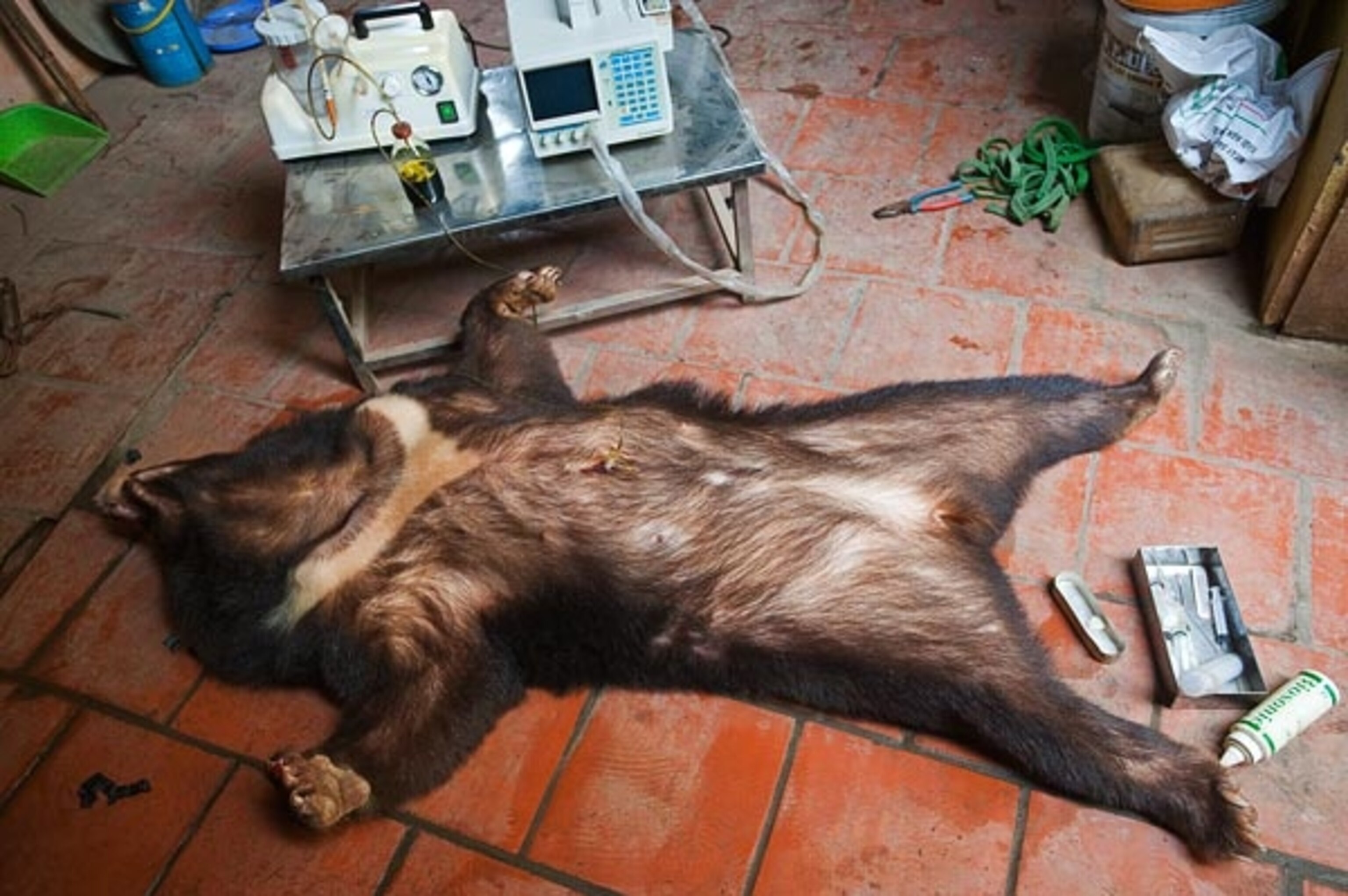
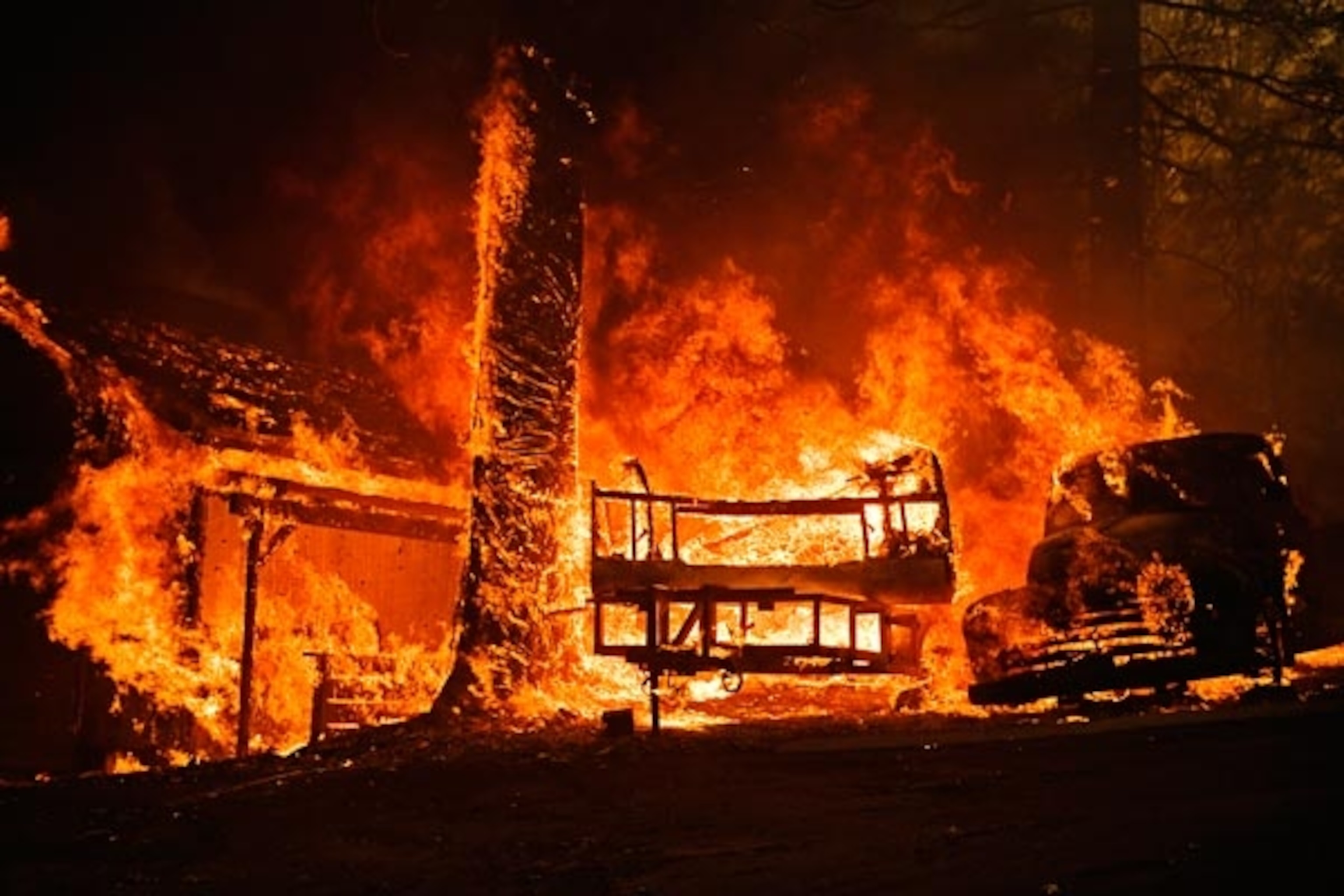


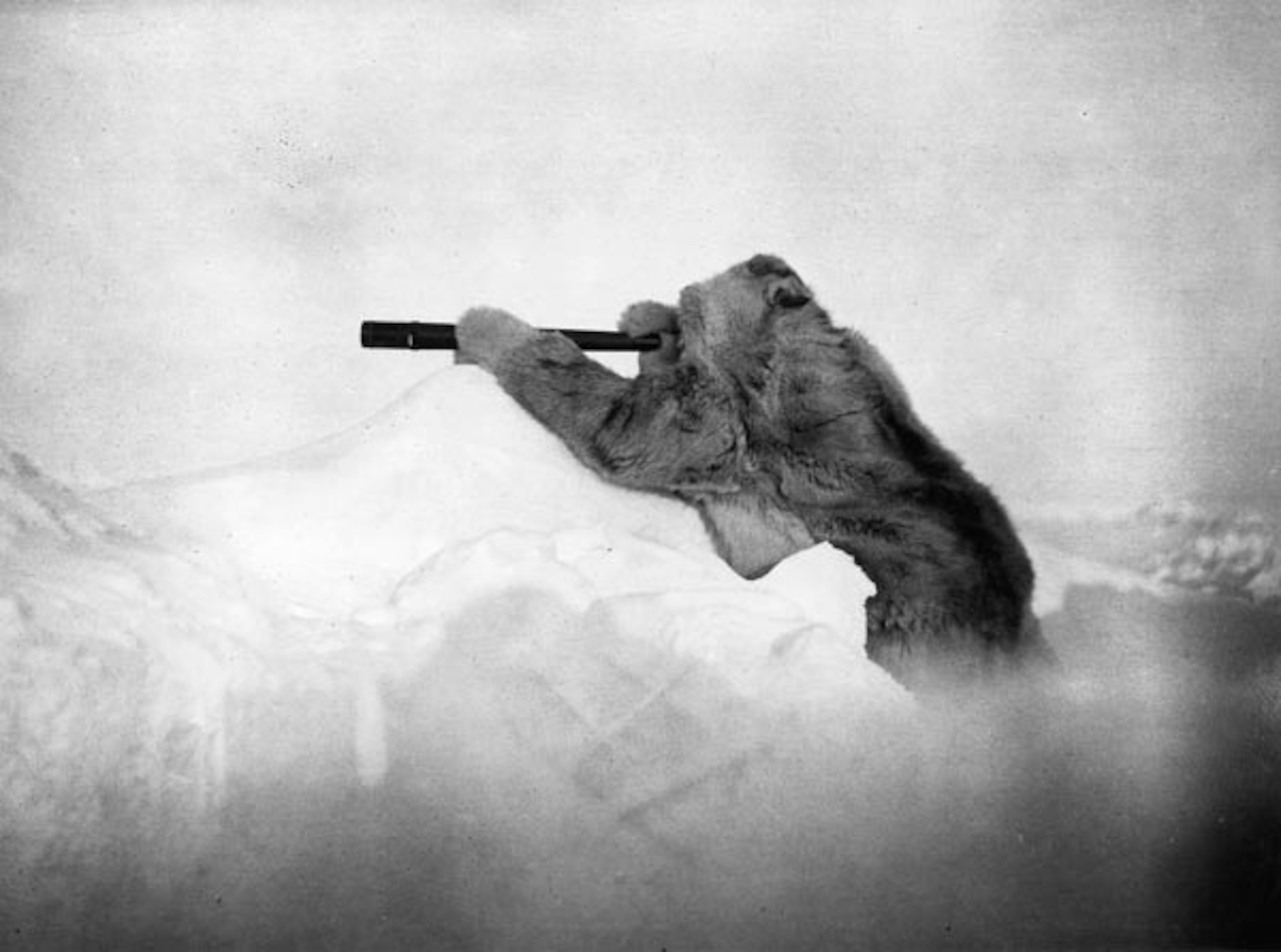
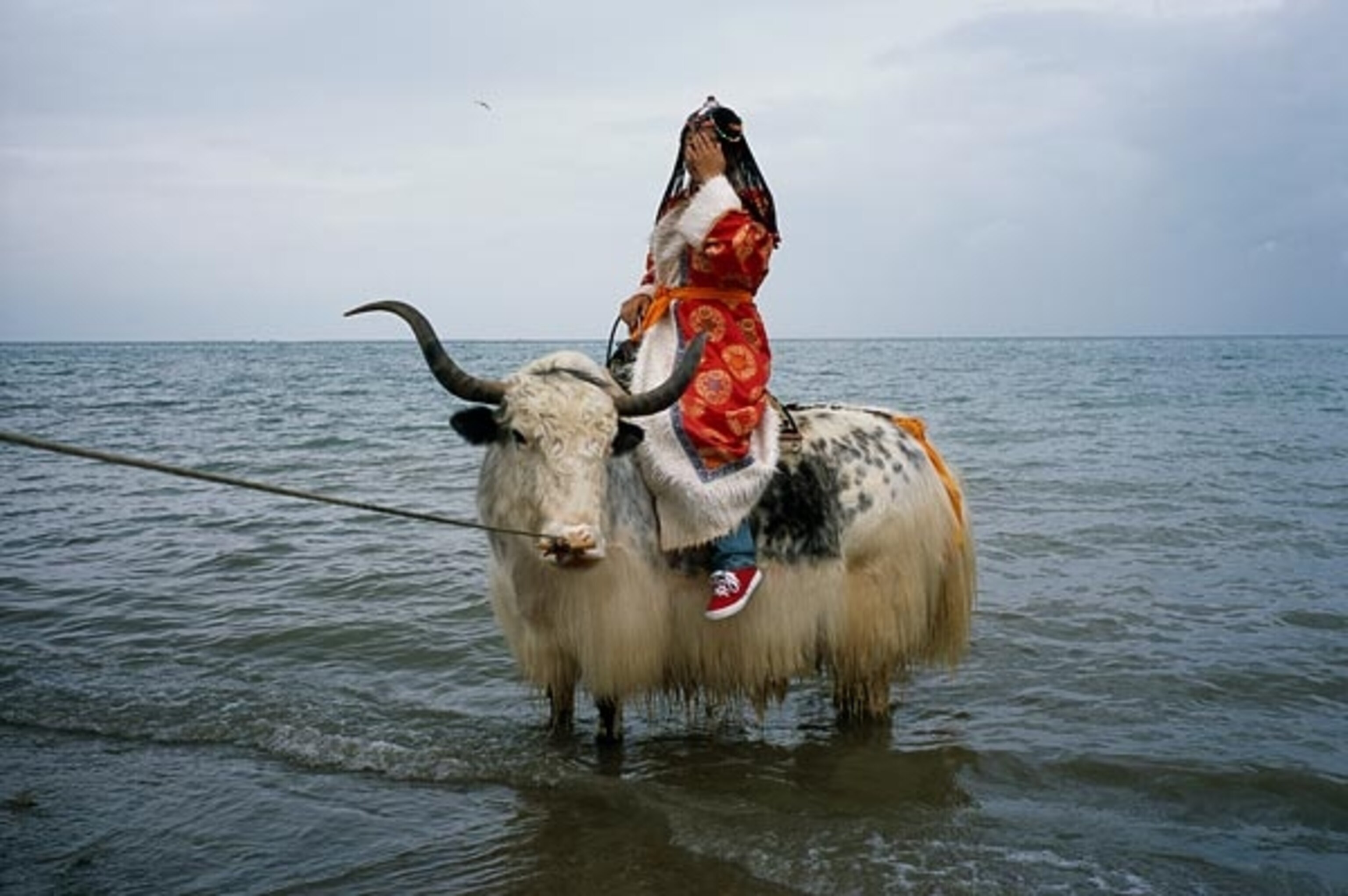
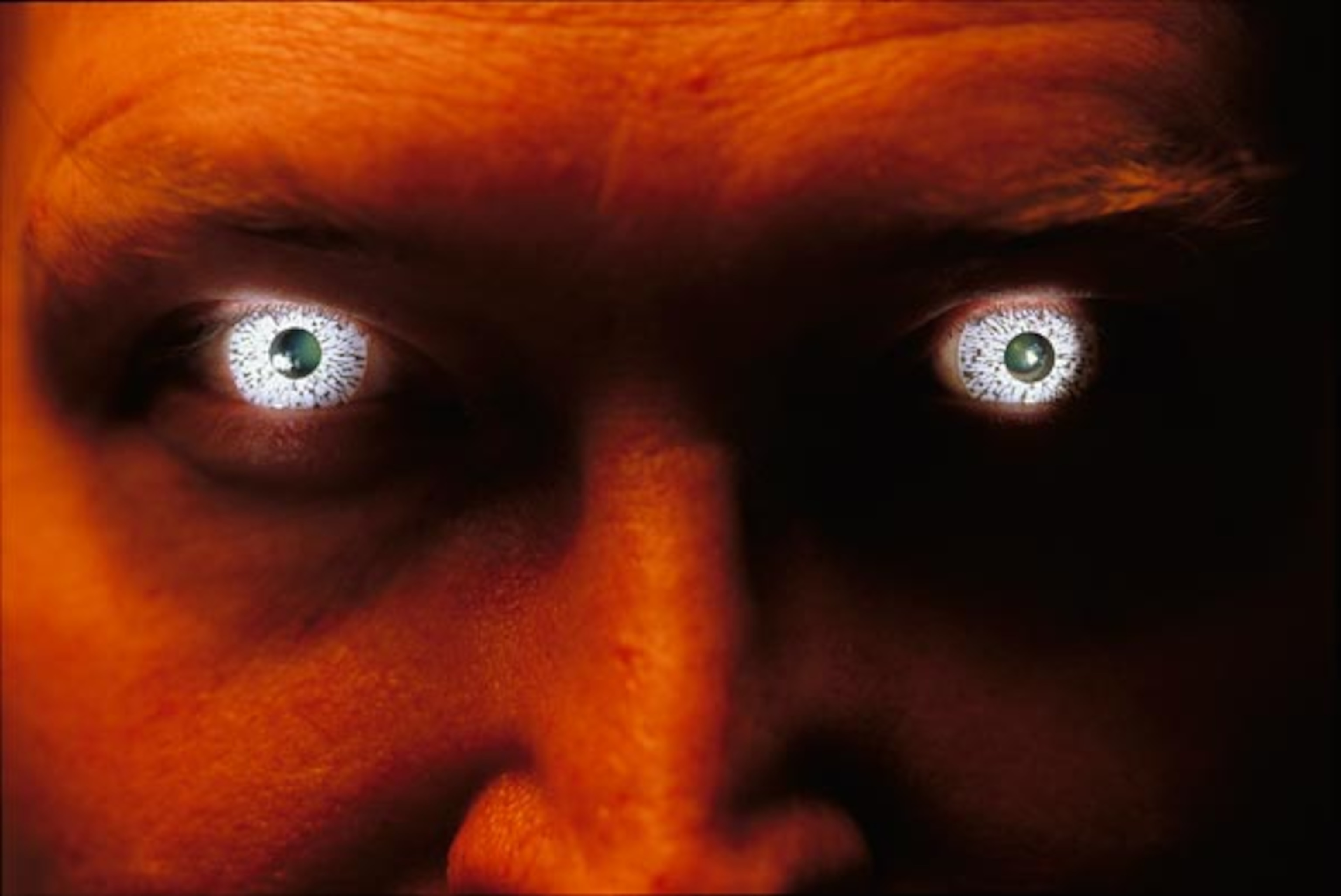
Related Topics
You May Also Like
Go Further
Animals
- California brown pelicans are starving to death—despite plenty to eatCalifornia brown pelicans are starving to death—despite plenty to eat
- The world's largest fish are vanishing without a traceThe world's largest fish are vanishing without a trace
- We finally know how cockroaches conquered the worldWe finally know how cockroaches conquered the world
- Why America's 4,000 native bees need their day in the sunWhy America's 4,000 native bees need their day in the sun
- Crowdsourcing an anti-poaching movement in South Africa
- Paid Content
Crowdsourcing an anti-poaching movement in South Africa
Environment
- 2024 hurricane season forecasted to be record-breaking year2024 hurricane season forecasted to be record-breaking year
- Connecting a new generation with South Africa’s iconic species
- Paid Content
Connecting a new generation with South Africa’s iconic species - These images will help you see coral reefs in a whole new wayThese images will help you see coral reefs in a whole new way
- What rising temps in the Gulf of Maine mean for wildlifeWhat rising temps in the Gulf of Maine mean for wildlife
- He’s called ‘omacha,’ a dolphin that transforms into a man. Why?He’s called ‘omacha,’ a dolphin that transforms into a man. Why?
History & Culture
- I wrote this article with a 18th century quill. I recommend it.I wrote this article with a 18th century quill. I recommend it.
- Why this Bronze Age village became known as ‘Britain’s Pompeii’Why this Bronze Age village became known as ‘Britain’s Pompeii’
- These modern soldiers put Bronze Age armor to the testThese modern soldiers put Bronze Age armor to the test
- Should couples normalize sleeping in separate beds?Should couples normalize sleeping in separate beds?
- They were rock stars of paleontology—and their feud was legendaryThey were rock stars of paleontology—and their feud was legendary
Science
- Epidurals may do more than relieve pain—they could save livesEpidurals may do more than relieve pain—they could save lives
- Why the world's oldest sport is still one of the best exercisesWhy the world's oldest sport is still one of the best exercises
- What if aliens exist—but they're just hiding from us?What if aliens exist—but they're just hiding from us?
Travel
- This less crowded ancient temple in Laos rivals Angkor WatThis less crowded ancient temple in Laos rivals Angkor Wat
- Visit Rotterdam as it transforms itself into a floating cityVisit Rotterdam as it transforms itself into a floating city
- How to get off the beaten track in Northern LanzaroteHow to get off the beaten track in Northern Lanzarote




